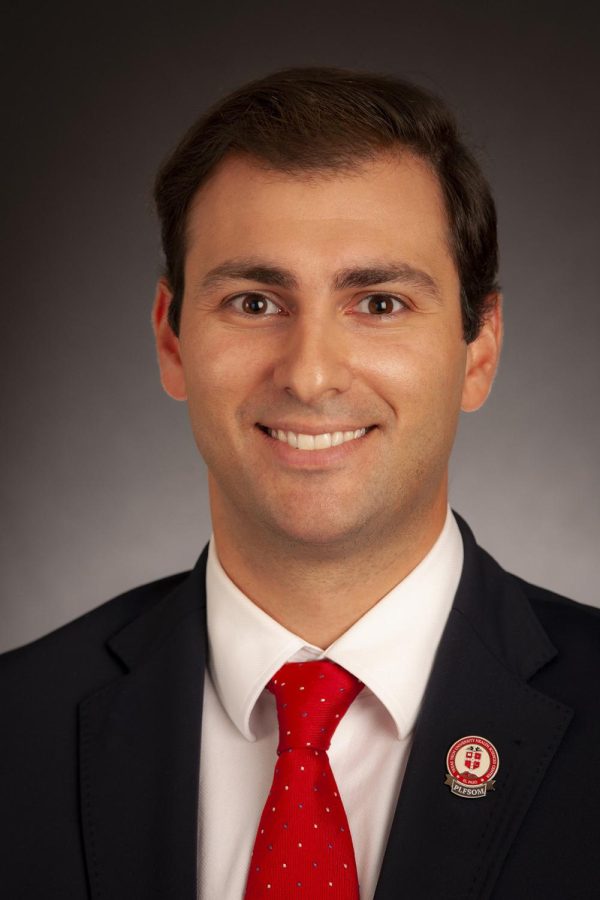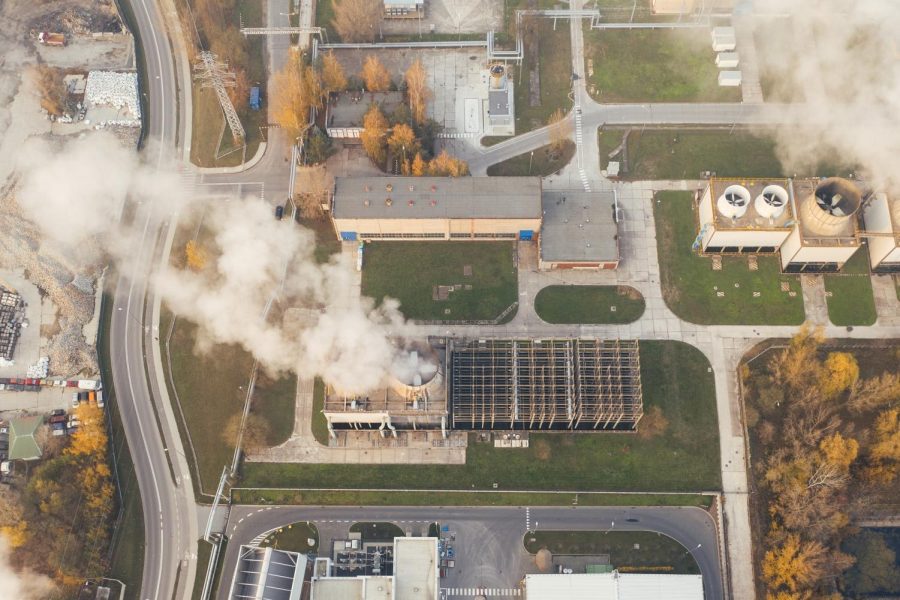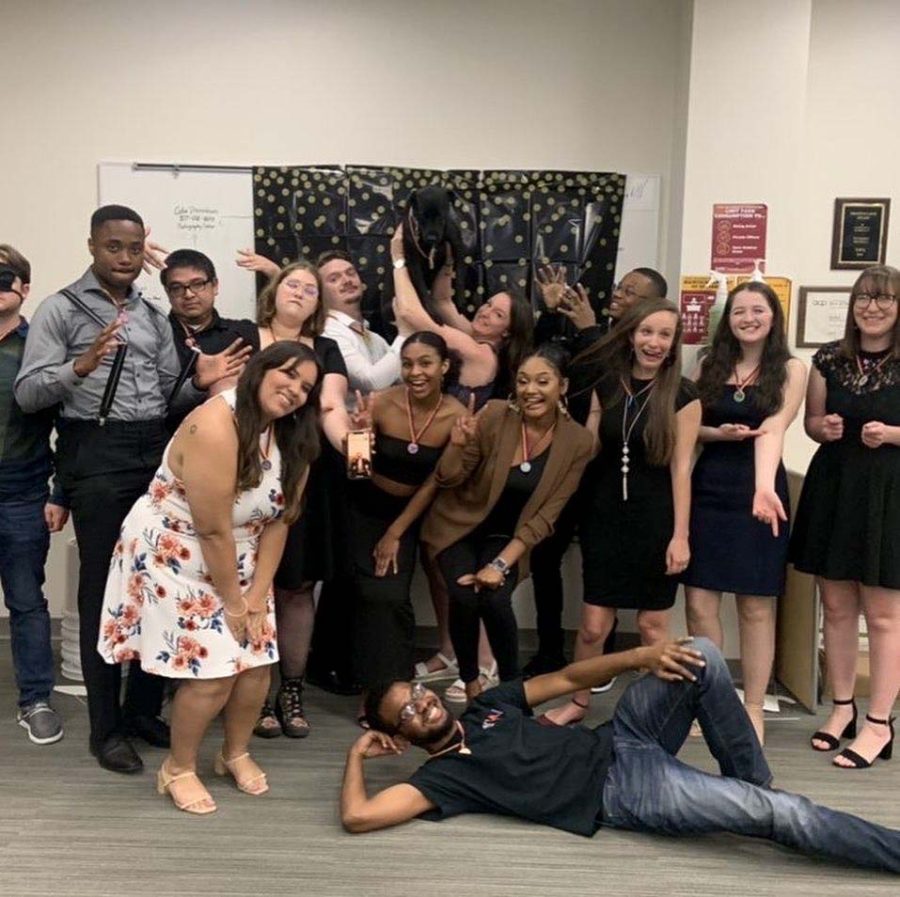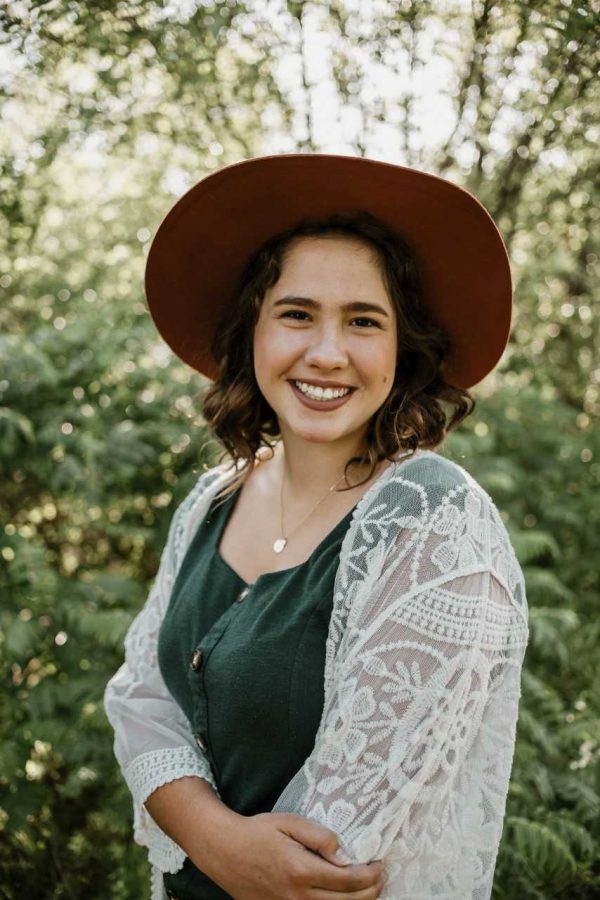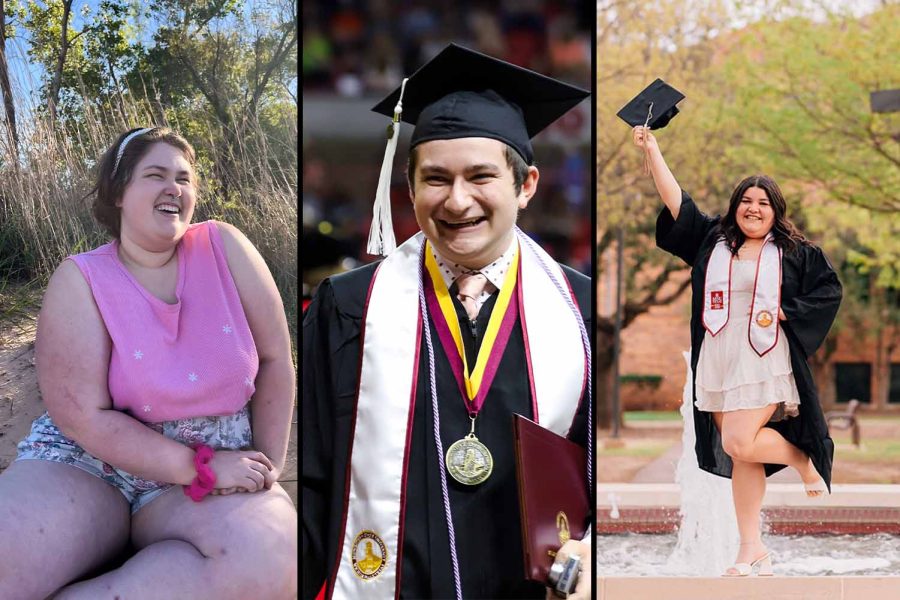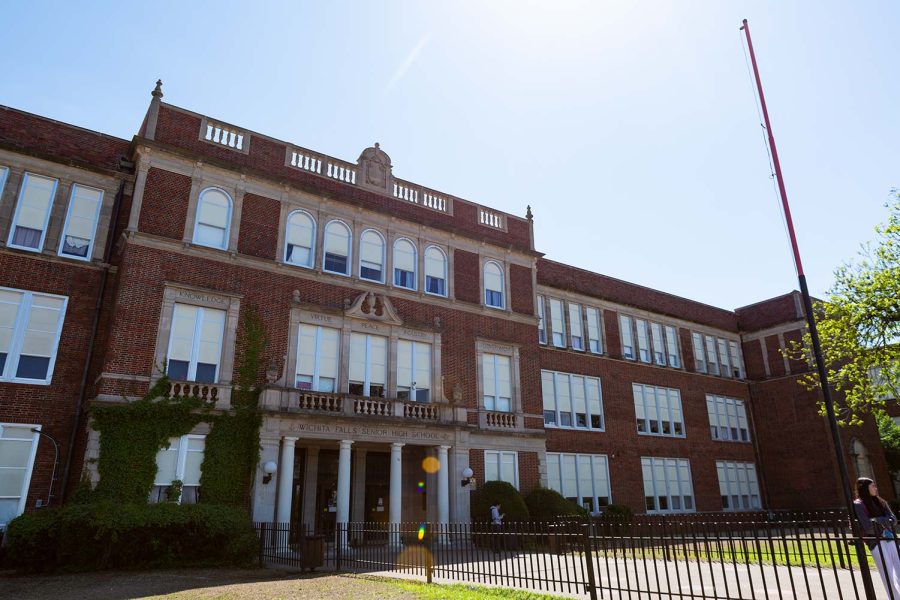
January 29, 1979 was a crisp Monday morning for the students and staff waiting outside Grover Cleveland Elementary School in San Diego, California. Shots filled the air and tragedy struck; Principal Burton Wragg and Custodian Mike Suchar were killed trying to protect innocent lives. Eight students were wounded in the process.
Brenda Ann Spencer is regarded as this country’s “First Modern School Shooter.” The shots she fired came from the window of her house near the school, where she barricaded herself for hours before she was finally arrested by the police. The weapon she wielded had been given to her by her father as a Christmas gift, to which she claimed she felt wished for her to kill herself with it.
While this certainly is not the first school tragedy, it set off a string of incidents that citizens grapple with even today. Incidents which have generated a hotly debated issue about the strictness of gun laws. Yet no gun laws-including senator bill 11, the Texas campus carry legislature-will end crime.
The campus carry act allows licensed holders to have a weapon on campus. Take for instance a school shooter goes into a classroom where a professor has a weapon, that professor can now defend their students more than without. Without a weapon, there is no ability to defend oneself against this shooter, and we have the same scenario of tragic losses that we’ve had for the last several decades.
Most recently in South Carolina, a man entered Waffle House with a weapon and held the place up. A customer with a licensed gun saved lives when he shot the robber.
According to the report by The Post and Courier, an officer said, “It says a lot about firearms…for good people with firearms being in the right hands.” Fortunately no one else was injured.
Former Wichitan editor, Ethan Metcalf said that an element which is often forgotten and ignored in such instances as these is the mental state of the person behind the gun. He also said that the risk of injury by owning a gun may come into play.
“You are statistically more likely to be injured if you own a gun than if you are not,” Metcalf said he believes.
The key disagreement comes in considering a gun as little more than a “tool of death.” While it may be possible to benefit from stricter gun laws, simply focusing on the gun alone is where the tragedy comes into play.
We cannot ignore the 1927 Bath, Michigan School tragedy in which Andrew Kehoe contributed to the “Deadliest school massacre in America,” in which Kehoe planted bombs in the school and took the lives of forty-five individuals, including himself.
In 1999, Eric Harris and Dylan Klebold created another tragedy in their school, Columbine High. Often forgotten, however, is their initial plan of planting bombs in the school’s cafeteria—bombs that never went off.
But it doesn’t stop here.
Spencer, Whitman, Kehoe, Harris and Klebold share a common element with many others involved in mass killings and that element is not a gun.
The majority of these mass murderers are reported as suicidal, depressive, or wrought with different mental conditions.
Many of them planned their massacre as well: Harris and Klebold planned for a year how they were going to pull off the massacre and how they were going to obtain the materials needed.
Spencer is among the few who does not show a planning process, and her motives are still largely unknown to this day.
The point to all of this shows that focusing solely on the gun alone may not truly aid in preventing these deadly massacres from happening. Certainly Kehoe did not use a gun, nor would Harris and Klebold be famous for their use of a gun had their intended explosions gone off. What should be focused on is the mental state of the person using the tools of death.
Accessibility is also something often forgotten, or when brought up by one that cannot explain it away, it is angrily trounced upon.
Crime rates in the UK are much lower since they banned the use of guns, but as learned while on the British Studies trip through July, there are still gun-related crimes that take place in London. Which brings to question that guns are still accessible in the UK.
Today, the material to create explosives are also readily available and can be made within the home. This is learned from Kehoe, the Oklahoma Bomber Timothy McVeigh, and various others. Thus, someone with the knowledge and resources may be able to craft a simple handgun.
Another access point would be dealers, the same type of dealers that deal drugs. The same type of people who, in the Prohibition era, sold alcohol. People who desire the illegal substance, or item, will pay money to obtain what they seek. Say guns were banned entirely, and a murderer wanted to shoot their intended victim, and they find a dealer who is adept at either finding or creating an illegal weapon. That criminal now has a gun.
Many anti-gun activists blatantly ignore every other object in existence that can be used in violent crime, from a power drill to a can opener. If someone resolves to commit a crime and is desperate enough, and one tool of death is not readily accessible to them, that person will find something else to cause an equal level of mayhem whether their target is one person or many.
Gun control laws, for example, would not have stopped a 1927 massacre. For that matter, bomb-control laws would probably not have stopped Kehoe. “It was the unspeakably horrible, evil act of a man who had become insane. Of a man whose heart was so cold that he could no longer sense any difference between right and wrong,” Pete Winn, author at a blog, said.
There is no argument that gun control laws may help lessen crime, but they will not end crime. Nor will they stop a perpetrator whose mental state has become so twisted that they are determined to take a life.
Perhaps the solution lays in devoting more research to mental disorders and the problems surrounding them, and less time fighting over whether or not gun-control is the end all solution to violence.
Matt Swiger is a senior in criminal justice
PUBLIC MEETING | NOV. 2, 6 p.m. Dillard



